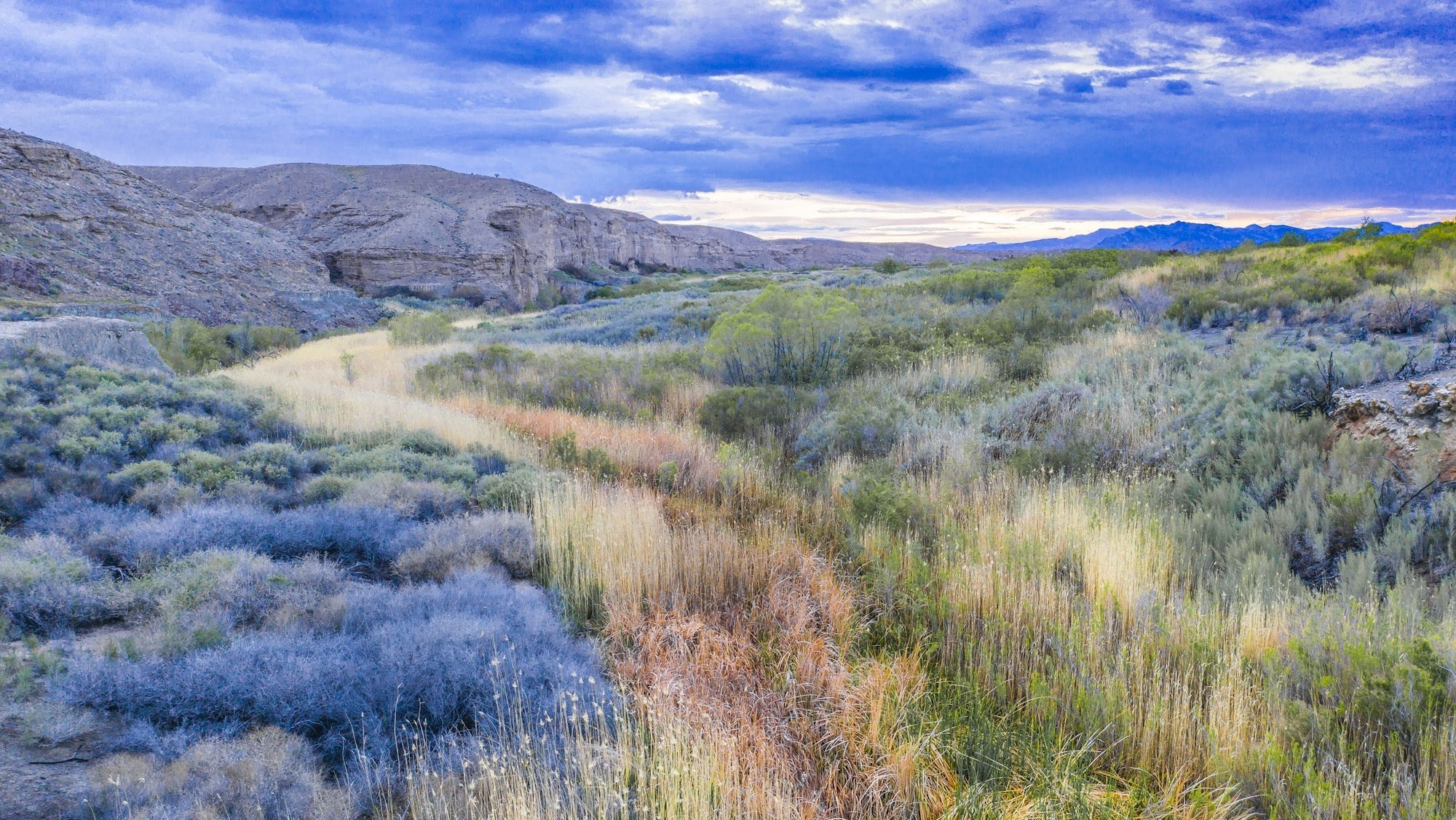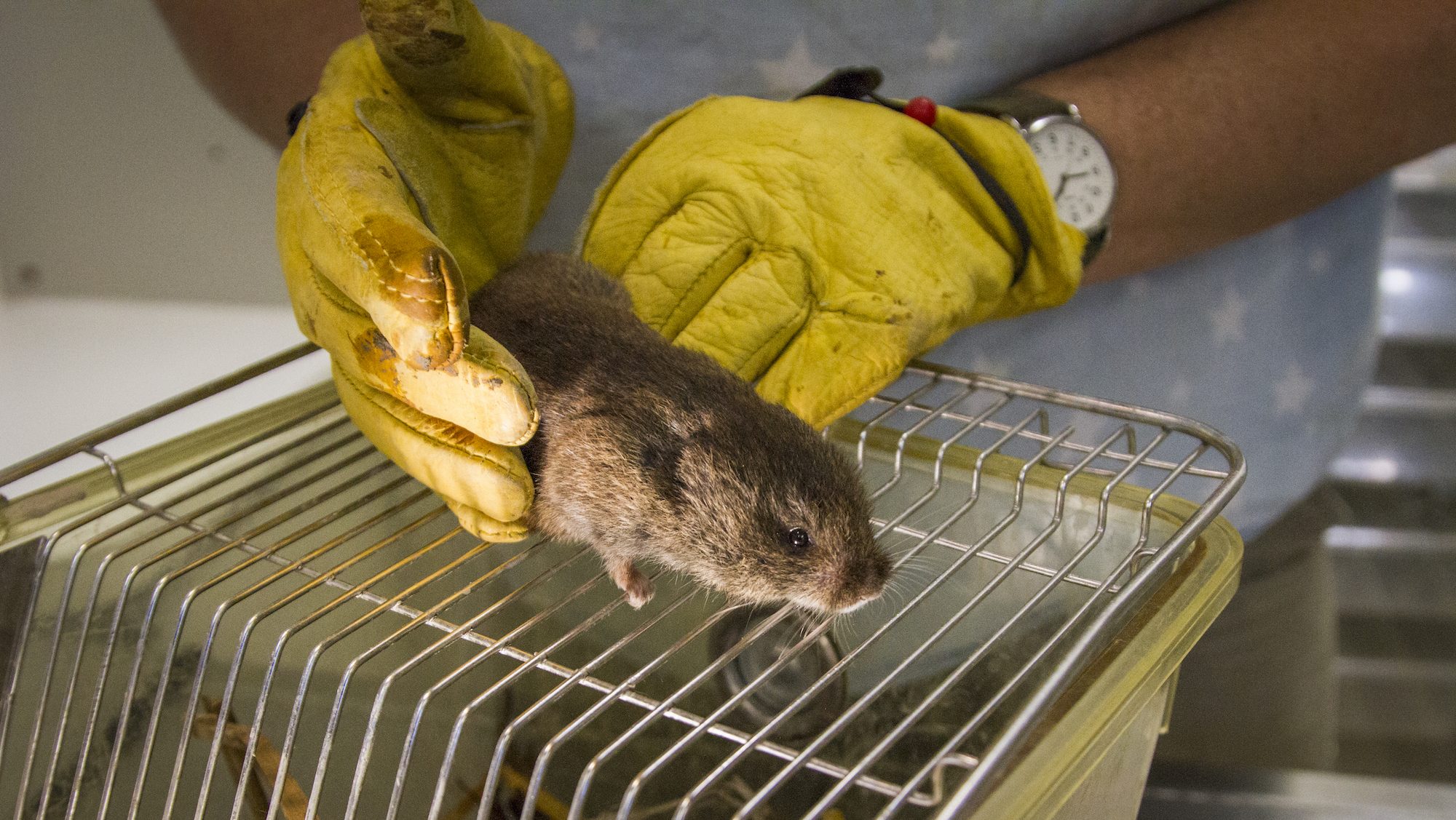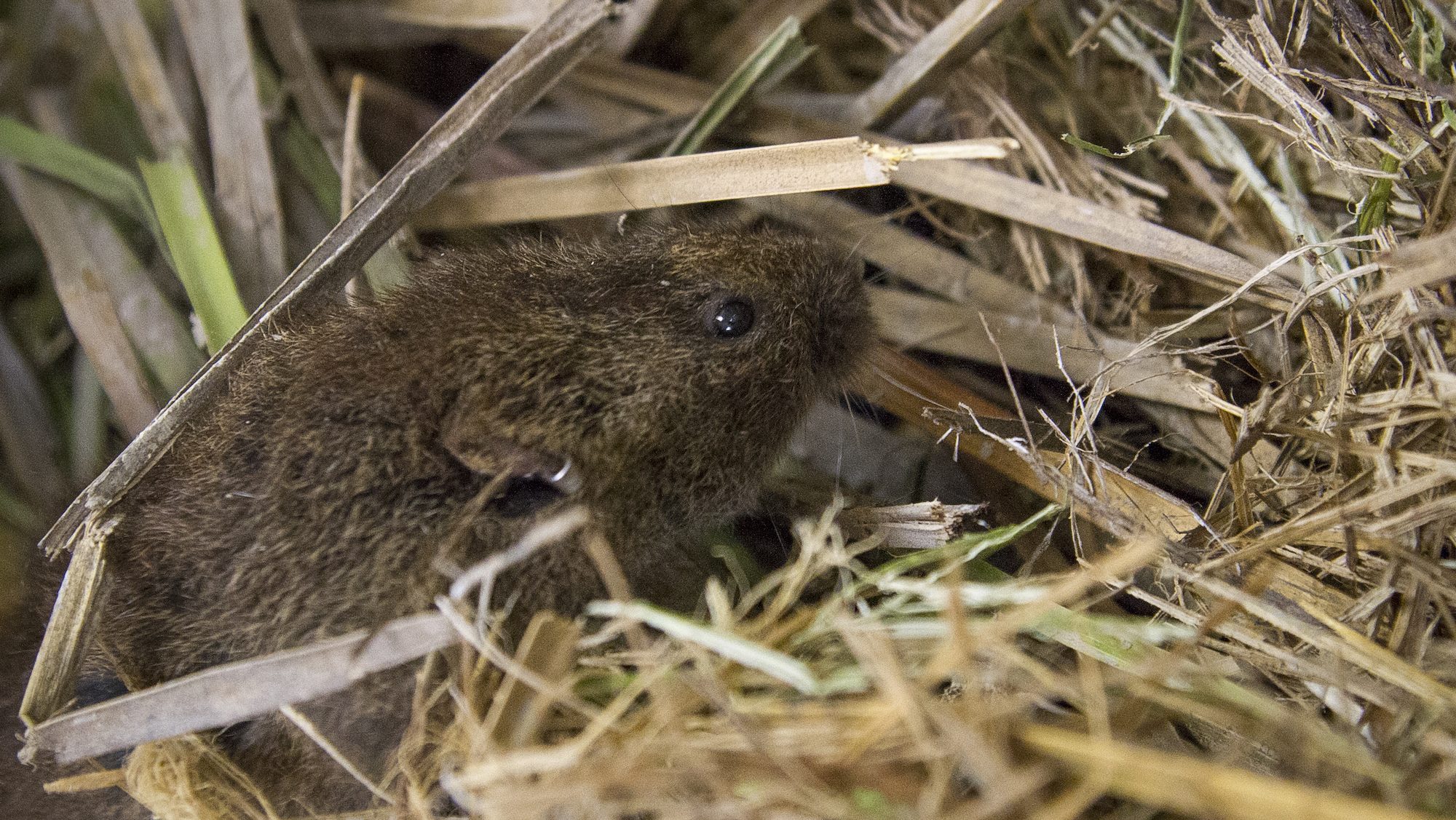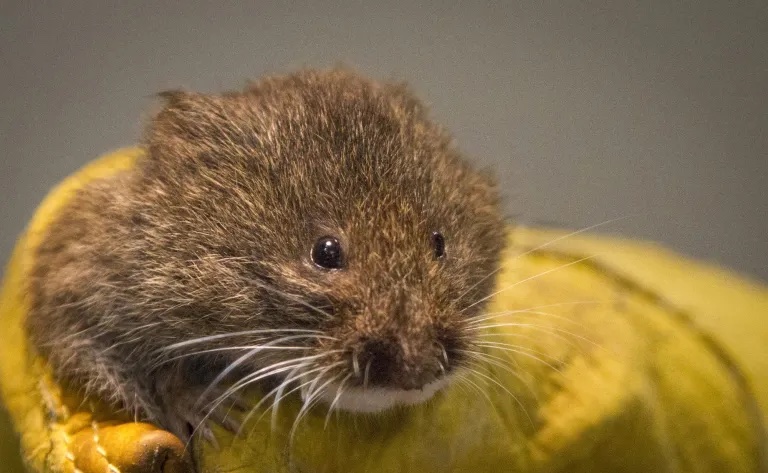Deep in the heart of the Mojave Desert, just a few miles from the khaki heat of Death Valley National Park, there lies a secret: shockingly blue water from the distant past that flows slowly underground.
This water fell as rain thousands of years ago, collected in natural underground reservoirs, and picked up limestone crystals that give it its deep sapphire hue. Now, it emerges in just a few locations as springs and seeps. It feeds open meadows, bright green marshy wetlands, pupfish pools, and the portions of the Amargosa River that perennially flow aboveground.
In a landscape where the temperature routinely tops 100 in the summertime, and it can go more than a year without raining a drop, water is precious, and life clings to the wet spots. This induced The Nature Conservancy to begin working in the Mojave Desert over 50 years ago.
Recently, we’ve used a variety of approaches, including expert bioblitzes, botanical surveys, hydrogeological work, and eDNA investigations to demonstrate that the protection of desert springs is critical for biodiversity conservation.
Along the way, we’ve discovered that each spring constitutes a unique ecosystem. These wet “islands” allow for plants to grow and can provide refuge from the blistering sun. They form an aquatic archipelago, and like true islands in the ocean, are separated from one another by distances great enough to prevent some animals from routinely moving between them across the arid “sea” of desert uplands.
The Amargosa vole (Microtus californicus scirpensis) is one such animal, clinging to life in a small cluster of spring-fed desert wetlands. Its story is one of loss and rediscovery, peril and surprise.
It is a narrow endemic species, meaning it is found only in a few small marshes—east of Death Valley in the Amargosa River basin in the towns of Tecopa and Shoshone Village — and nowhere else on Earth.

Lost and Found
The Amargosa vole is a slightly larger, darker subspecies of the more common California vole (Microtus californicus). Amargosa voles also sport a characteristic white-tipped muzzle. The subspecies gets the name “scirpensis” from the Olney’s three-square bulrush (Schoenoplectus americanus, renamed from Scirpus americanus or Scirpus olneyi).
It makes its home in the spring-fed bulrush marsh, and uses bulrush for bedding, cover from predators, and food. It was once thought that the Amargosa vole ate only bulrush, but more recent observations reveal that they are not so picky.
The vole represents what is special and vulnerable about the Amargosa River and the species that live there: the vole’s existence depends on groundwater coming to the surface and providing enough moisture that its bulrush habitat can grow.
The vole’s isolation and small population size make it vulnerable to extinction and disease.

In the early part of the last century, the vole was thought to have gone extinct. It could no longer be found in the Shoshone wetlands, the place where it was originally described by scientists. Water diversions and development of the marshes where the voles lived were thought to be the culprits.
Extinction is a tangible threat to many groundwater-dependent desert species. The Tecopa pupfish (Cyprinodon nevadensis calidae) has the dubious distinction of being the first species removed from the Endangered Species List due to extinction.
The site where the pupfish went extinct due to water diversions – Tecopa Hot Springs – is a stone’s throw from the marshes where the vole was rediscovered and promptly listed as an Endangered species.
Post rediscovery, researchers began tracking vole populations, and found that the size of the population was small: only 67 individuals were counted in 2010. They also found other problems. The species was plagued by a parasitic mite that caused skin swelling and necrosis on the voles’ ears and genitalia.
This may have been an expression of the vulnerability present in a small population with little genetic variability. In addition to disease, their habitat was threatened: culvert work on a road increased drainage from the vole’s largest marsh site near Tecopa. By 2014, most of the bulrush at the site had dried up and died, causing the vole population to plummet.

As Goes the Water…
The vole was in trouble, spurring action by a team of conservation partners. The Nature Conservancy acquired land and associated water rights near Tecopa, protecting a large bulrush marsh occupied by voles.
Veterinarians and scientists from UC Davis conducted research to understand the vole’s population dynamics and to set up an ex situ (off site) breeding colony. Federal and state agencies worked with local resident Susan Sorrells to restore a spring-fed bulrush marsh on her private land in Shoshone Village, providing habitat away from the core group of marshes that had previously constituted the vole’s only home near Tecopa.
While they only live for a year or two in captivity, and typically survive for just a few months in the wild, Amargosa voles breed like, well, many other rodents: they can produce up to six pups every 21 days.
This trait allows them to play an anchoring role in desert ecosystems; they serve as an important food source for many other species such as mountain lions, coyotes, foxes, birds, and snakes.

The vole’s prodigious ability to reproduce has been key to their survival and provides hope for their recovery. Recently, trail cam photos of juvenile voles released in the restored Shoshone marsh indicate the species is successfully breeding in their new home in the wild. After years of struggle, the future is looking up for the vole.
This natural history tale has a lesson: as goes the water, so goes the vole. The Amargosa vole’s ability to cling to survival can been viewed as a test of humanity’s relationship with water, a relationship that has the power to quickly hasten the vole’s demise or, if different choices are made, provide for its recovery.
The human-water-vole connection was already taut, given the complete dependence of the vole on such a scarce desert resource. Climate change throws this connection into even stronger relief. As we enter a hotter, drier future, an increasing consciousness and willingness to act will be required to conserve the Amargosa vole. Are we up to the test?




Increasing consciousness and willingness to act seem unlikely to me, based on our long and chequered history. Nonetheless there is some hope. Publicity and legal action may save the day for the voles, if the planet lasts long enough! Thank you to those who are involving themselves in the fate of our tiny relatives.